Isvarasamhita (Set of 5 Vols.)
₹6,000.00
In stock
Isvarasamhita (Set of 5 Vols.)
Both Vaikhanasa and Pancaratra are very significant schools of ritual and philosophy that emerged as a direct result of Visnuism's influence. The Isvarasamhita is an essential piece of literature for followers of the Pancaratra school of Visnuism.
Pancaratra is characterised by a more open and permissive approach, in contrast to Vaikhanasa, which has a character that is relatively archaic and relies more heavily on the Vedic tradition for its repertoire of mantras that are used in religious rites and ceremonies. Pancaratra's repertoire of mantras can be found here. It has a text tradition that dates back around two thousand years, which has also been the primary basis for the Visistadvaita philosophy that was developed by Ramanuja (between the 11th and 12th centuries). Worship is performed in line with the instructions provided in one of the significant Pancaratra Samhitas at the vast majority of Vaisnava temples located in southern India, particularly in the state of Tamilnadu.
At the Narayanasvami temple in Melkote, a strict adherence to the Isvarasamhita can be seen throughout the daily puja ritual as well as during the many other types of religious celebrations that take place there. This is because the Isvarasamhita is an essential scripture of the Pancaratra School. Given that it is mentioned in Shri Yamunacarya's Agama Pramanya, we may confidently place it somewhere between the 8th and 9th centuries at the very least. It is said to be a simpler and shorter version of the older sattvatasamhita of this school, which is the earliest available work of Pancaratra and is regarded as one of three ratnas, (Jewels), along with the Pauskara- and Jaya Samhitas. In other words, it is the simplest and shortest version of the older sattvatasamhita of this school. The Isvarasamhita contains a description of the rites, rituals, and ceremonies that take place (or ought to take place) at a Vaisnava temple. This description is spread out across 25 lengthy Adhyayas.
Palm leaf Because of its reputation for genuineness, the Narayanasvami temple in Melkote was the primary source for the Isvarasamhita manuscripts that were acquired. We have included attached to the text the gloss that was written by Alasimha Bhatta in the early 19th century. This gloss will be of assistance in understanding some terms that are difficult to understand or are sectarian in nature. The current researchers who are working on the philosophy, ritual, and iconography of Visnuism will find the English translation helpful, thus it has been supplied on the page facing them (to the right).
It should come as no surprise that the study of art cannot proceed without first acquiring a sufficient familiarity with ritual.
Author
V. Varadachari
Too Good to Resist Sale is Live BUY AND SAVE NOW
Isvarasamhita (Set of 5 Vols.)
Both Vaikhanasa and Pancaratra are very significant schools of ritual and philosophy that emerged as a direct result of Visnuism’s influence. The Isvarasamhita is an essential piece of literature for followers of the Pancaratra school of Visnuism.
Pancaratra is characterised by a more open and permissive approach, in contrast to Vaikhanasa, which has a character that is relatively archaic and relies more heavily on the Vedic tradition for its repertoire of mantras that are used in religious rites and ceremonies. Pancaratra’s repertoire of mantras can be found here. It has a text tradition that dates back around two thousand years, which has also been the primary basis for the Visistadvaita philosophy that was developed by Ramanuja (between the 11th and 12th centuries). Worship is performed in line with the instructions provided in one of the significant Pancaratra Samhitas at the vast majority of Vaisnava temples located in southern India, particularly in the state of Tamilnadu.
At the Narayanasvami temple in Melkote, a strict adherence to the Isvarasamhita can be seen throughout the daily puja ritual as well as during the many other types of religious celebrations that take place there. This is because the Isvarasamhita is an essential scripture of the Pancaratra School. Given that it is mentioned in Shri Yamunacarya’s Agama Pramanya, we may confidently place it somewhere between the 8th and 9th centuries at the very least. It is said to be a simpler and shorter version of the older sattvatasamhita of this school, which is the earliest available work of Pancaratra and is regarded as one of three ratnas, (Jewels), along with the Pauskara- and Jaya Samhitas. In other words, it is the simplest and shortest version of the older sattvatasamhita of this school. The Isvarasamhita contains a description of the rites, rituals, and ceremonies that take place (or ought to take place) at a Vaisnava temple. This description is spread out across 25 lengthy Adhyayas.
Palm leaf Because of its reputation for genuineness, the Narayanasvami temple in Melkote was the primary source for the Isvarasamhita manuscripts that were acquired. We have included attached to the text the gloss that was written by Alasimha Bhatta in the early 19th century. This gloss will be of assistance in understanding some terms that are difficult to understand or are sectarian in nature. The current researchers who are working on the philosophy, ritual, and iconography of Visnuism will find the English translation helpful, thus it has been supplied on the page facing them (to the right).
It should come as no surprise that the study of art cannot proceed without first acquiring a sufficient familiarity with ritual.
Author
V. Varadachari
Additional information
| Weight | 0.5 kg |
|---|---|
| Dimensions | 10 × 11 × 12 cm |
| Book Author | V. Varadachari, Gaya Charan Tripathi |
You must be logged in to post a review.

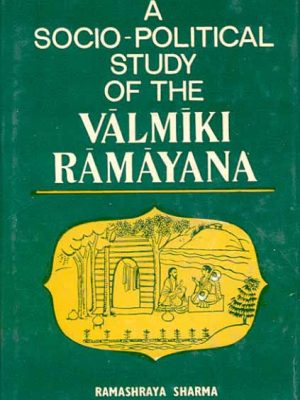
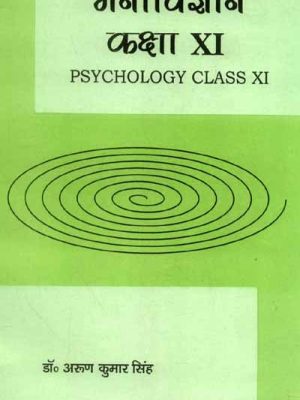
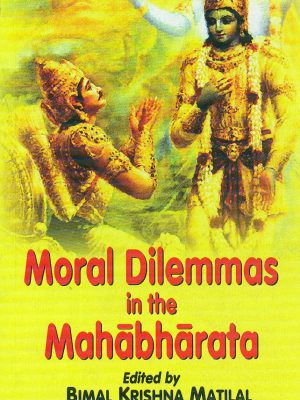
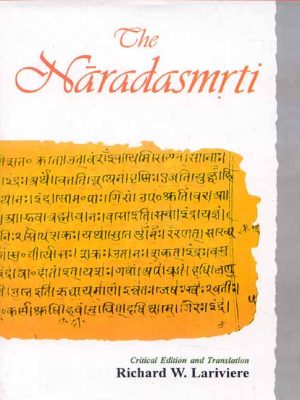
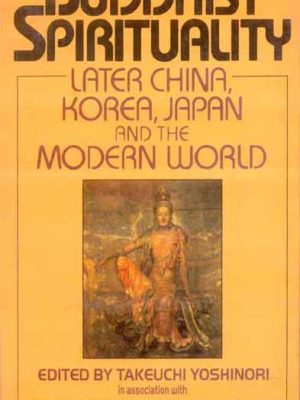
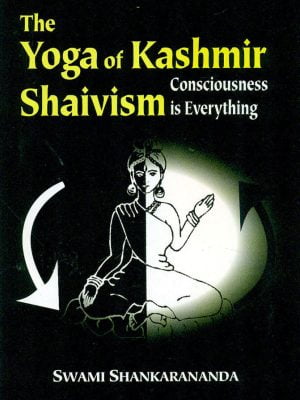
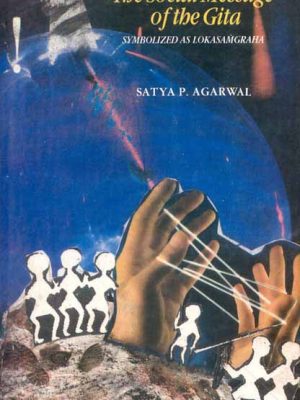



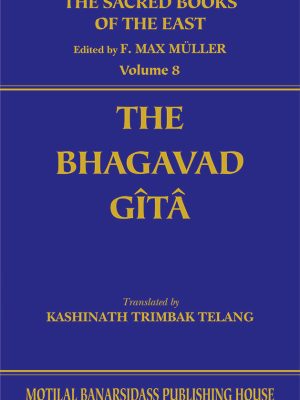
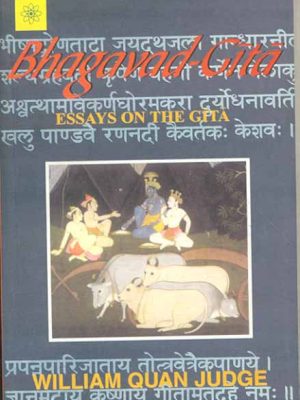
Reviews
There are no reviews yet.